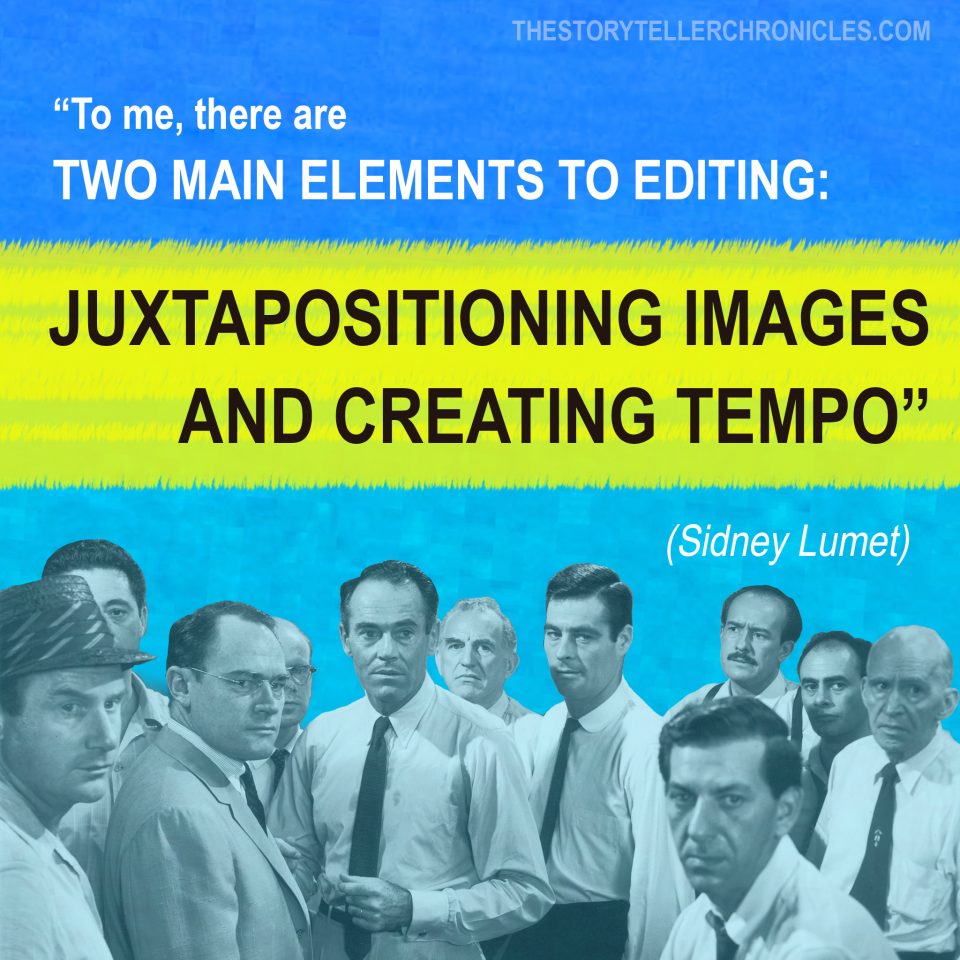[You can find Sidney Lumet’s book here: https://geni.us/M04a (amazon*)]
This is a key concept to understand in filmmaking. As storyboard artists, we are in charge to decide what image comes before or after another (juxtaposition).
Especially at the beginning, we might tend to draw great camera angles or scenes, but we are not looking at the bigger picture. We are not focusing on how each image will cut with the others. We can bring our skills to the next level only when we can see the sequence/film as a whole. An example is being able to choose a
Lumet also underlines how it is not the tempo/rhythm itself that we feel when watching a movie, but the change in tempo. That is why if we have an action-packed movie that never stops, we end up being bored even if cars are exploding on screen.
To loosely quote a professor of mine: Sex, jokes, and violence are like spices. Use a little bit and you will make your dish more tasteful. Use too much of it, and you won’t taste anything at all.
What are your thoughts about this quote? Are there movies that defy this principle successfully? Or examples that clearly apply this theory? Leave a comment down below!
DISCLAIMER: *Some of the links in this description may be affiliate links, which means I may receive a small commission at NO ADDITIONAL cost to you if you decide to purchase something.
